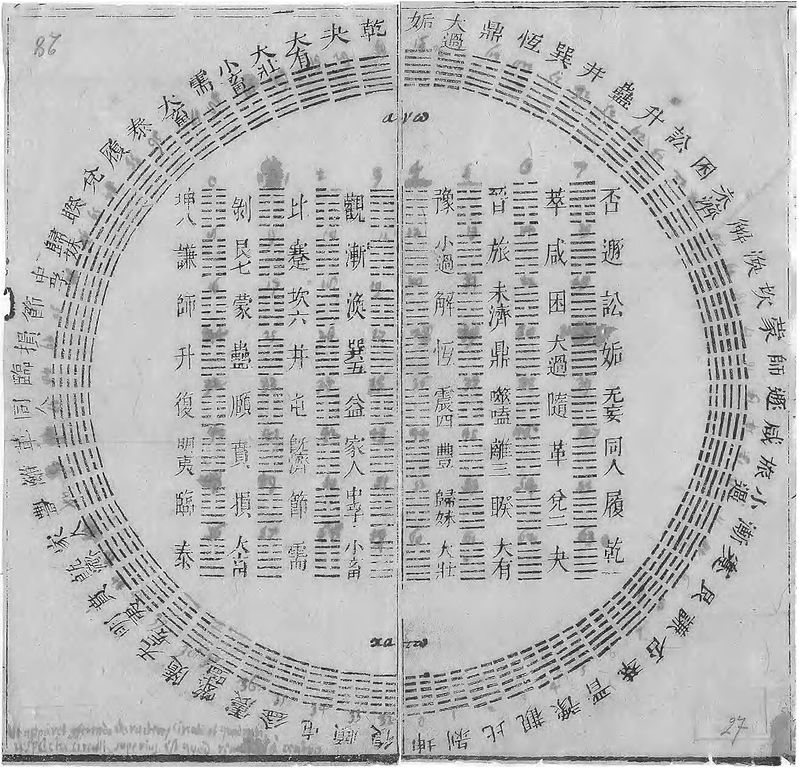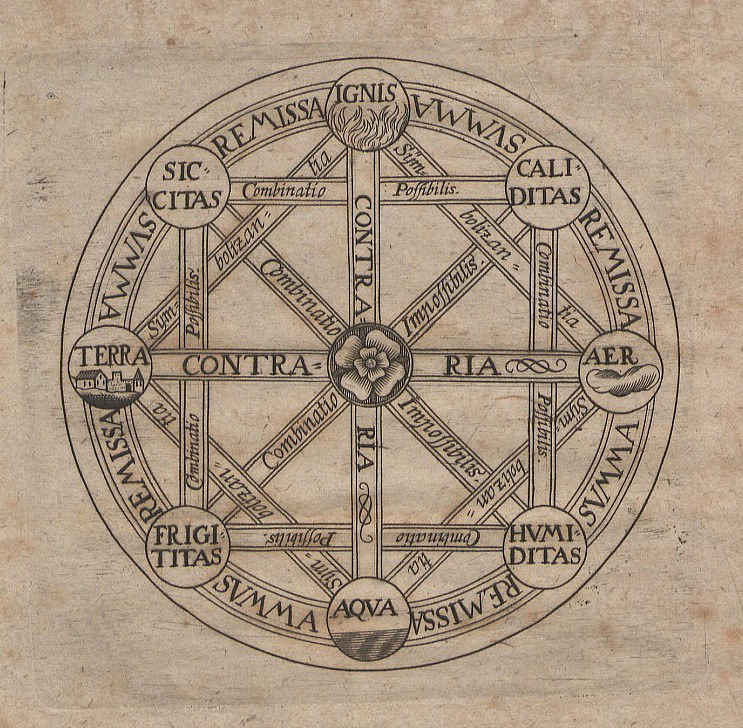theme: all_combinations
Dissertatio De Arte Combinatoria
1666

A diagram of I Ching hexagrams owned by Leibniz, given to him by the French Jesuit Joachim Bouvet, and to which Leibniz has added Arabic numerals. Leibniz saw immediate parallels between the I Ching and his own work on the characteristica univeralis – and took this as confirmation of universal truth, independently discovered. [Source]
(Gray, 2016)
Diagram included at the end of Leibniz’s dissertation on the art of combinations — Source.
(Gray, 2016)While Leibniz made groundbreaking contributions towards the modern binary number system as well as integral and differential calculus, his role in the history of computing amounts to more than the sum of his scientific and technological accomplishments. He also advanced what we might consider a kind of “computational imaginary” — reflecting on the analytical and generative possibilities of rendering the world computable.
(Gray, 2016)Gray, J. (2016) ‘“Let us Calculate!”: Leibniz, Llull, and the Computational Imagination’, The Public Domain Review, November. Available at: [link]
theme: all_combinations